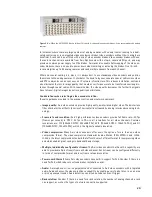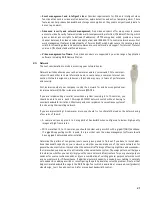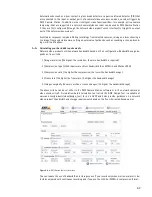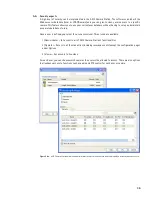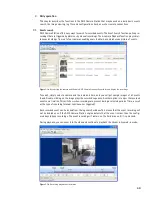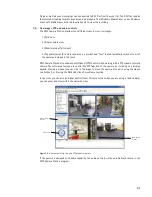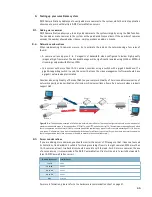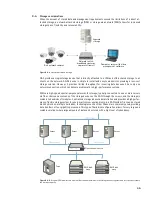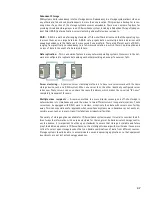
33
RAID is mostly configured in three different ways:
When RAID 1 or 5 is used, data is written twice, over two hard disks (one for the primary data disk and
one for the mirror disk). This has an impact on performance since all disk writes are doubled in a RAID
setup. When multiple cameras are streaming data to the hard drives, the RAID controller will handle the
load using buffers and distribute the data to the disks. Since the hard disk write is doubled and there is
a limit of how many write per second the setup can handle, a RAID setup can become a bottleneck in a
video surveillance system if it is not implemented correctly.
There are three usual ways to implement RAID:
1) Using a software solution that can configure two or more hard disks into a RAID setup. This is a
very slow implementation and should never be used for a video surveillance system.
2) The CPU comes with an on-board RAID solution. This is a hardware implementation that may have
limited performance and should be used with caution.
3) Full hardware implementation with a separate RAID controller. This is the only recommended way
to implement RAID for a video surveillance solution. Make sure you use a well-known and well-
proven RAID technology as your surveillance solution will rely on it.
AXIS Camera Station hard disk cleanup procedure
While the AXIS Camera Station recording engine is running, some procedures are continuously executed
to ensure that your hard disks do not become full. The procedures include:
1) Comparing recorded images with the current date and configured “days to record.” If the saved re-
cordings have passed the number of days that they should be stored in the primary hard drive, the im-
ages are removed.
2) Freeing up space on the primary hard drive for current recordings. If the space available on the primary
drive is less than what is specified in the configuration, an emergency cleanup is invoked. This means that
the oldest recordings from all cameras are deleted and space is freed up for current recordings.
4.4.
RAID Level
Characteristics
RAID-0
Data is being striped (divided) over two or several hard disks for improved read/write speed but no redundancy. There is
no advantage of using this setup with the AXIS Camera Station.
RAID-1
This is also known as disk mirroring since all hard disks are mirrored one by one. At least two disks duplicate data. Both
disks can be read at the same time. Write performance as for single disk storage.
RAID-5
Minimum of three hard disks. One of the hard disks is used to mirror the others (in theory).
Содержание IP-Surveillance system
Страница 49: ...49 ...


